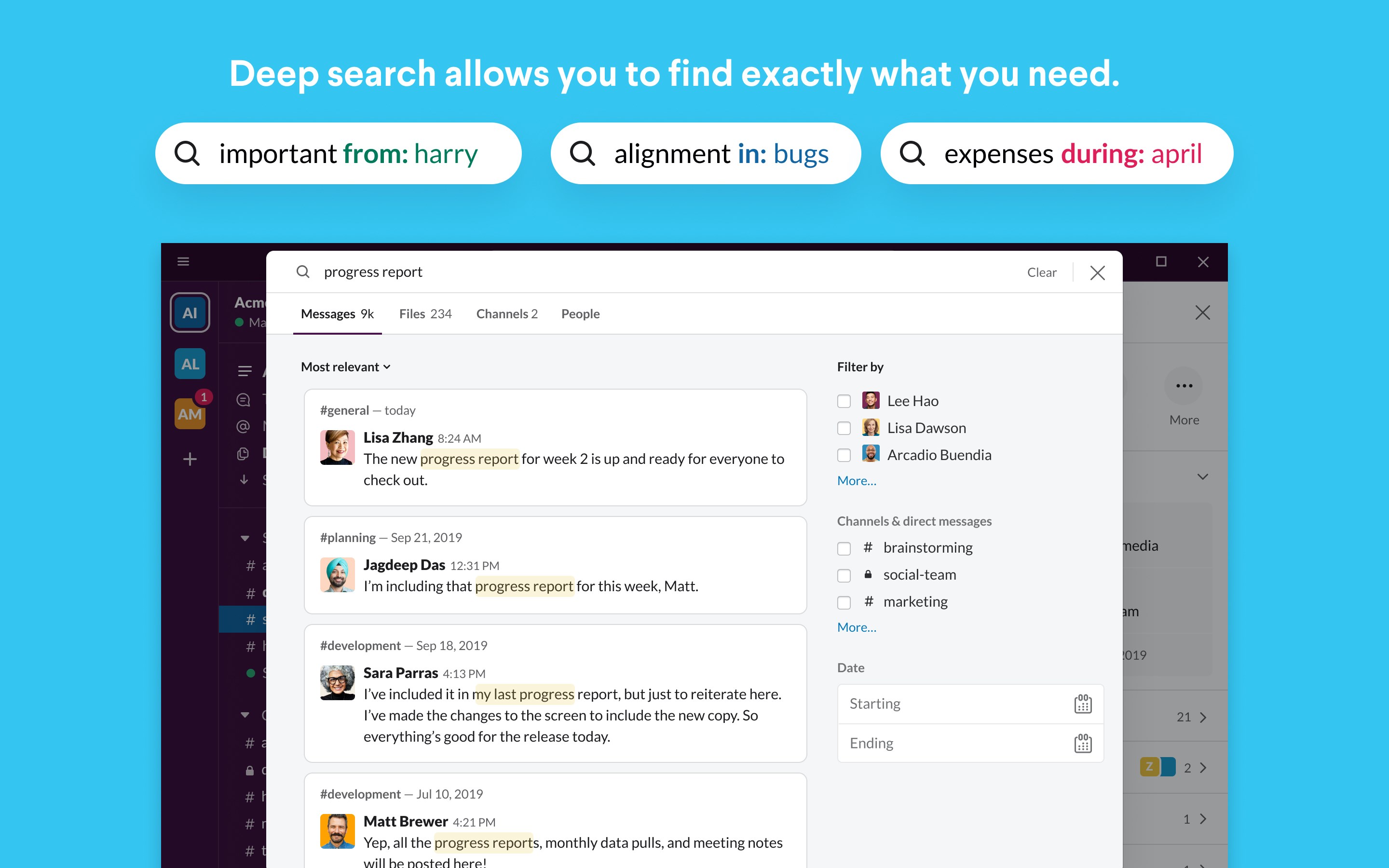
If you want to know which of these platforms is best for you and your business, here are some key differences to be mindful of when making your choice. GET OUR NEWSLETTER: Subscribe here for weekly content from AvePoint

These two collaboration platforms, although similar at first glance, are worlds apart in their design and structure. This heated collaboration war begs the question: What draws users to Microsoft Teams over Slack and vice-versa?

On top of this, just six months ago Microsoft announced having over 75 million daily active users, a figure that has now jumped 50% to 115 million.Įven after Microsoft’s announcement earlier this year, though, IBM proclaimed it would go all-in and deploy Slack to its workforce of 350,000 employees, officially making them Slack’s biggest customer yet. This led to the creation of Microsoft Teams, which since its launch in 2017 has changed the game for enterprise collaboration services.Īfter the launch, in just under three years, Teams reached 13 million daily active users when it took Slack six years to reach 10 million. Rumor has it that in 2016 Microsoft made the monumental decision to forgo a potential acquisition of Slack for $8 billion and instead expand on their existing Skype for Business model. New to the Microsoft Teams platform? Tune in for our upcoming webinar “Empower Hour: Team Templates & Top Tips” on March 24th.


 0 kommentar(er)
0 kommentar(er)
